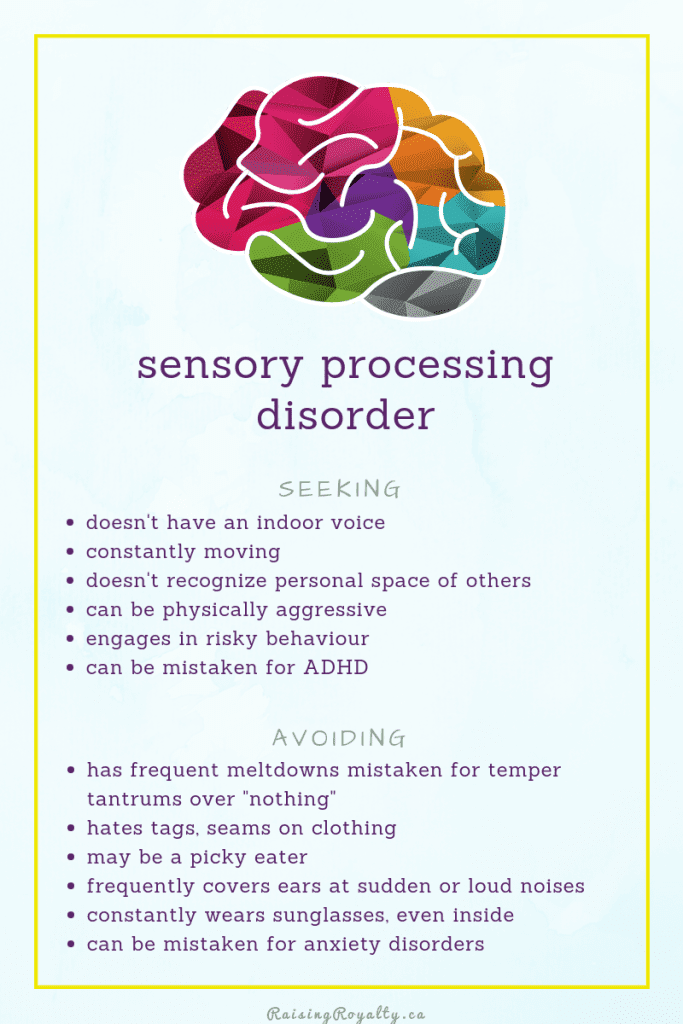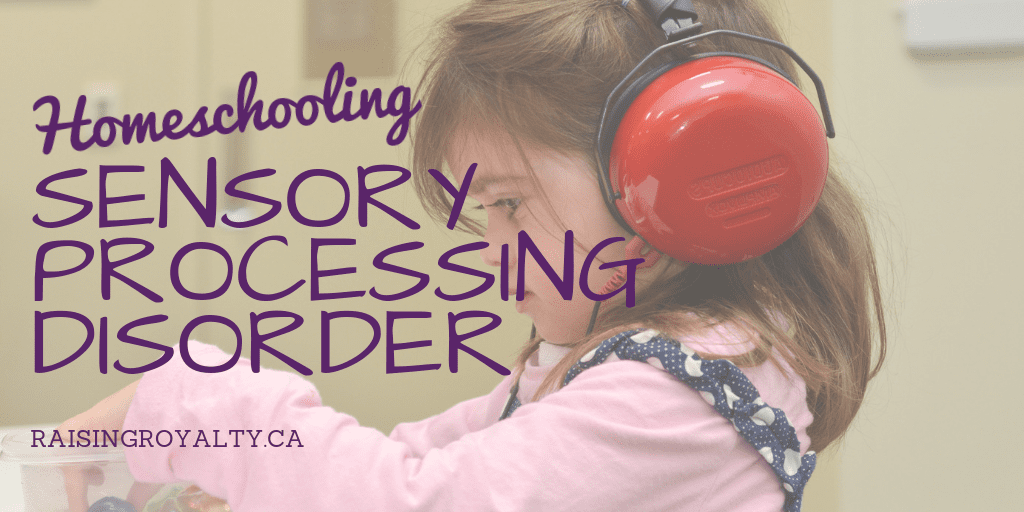

Disclaimer: I am not a medical professional or qualified to diagnose. These are tips based on my experience as a parent of a special needs child. Please consult your doctor if you have any concerns!!
Every parent has concerns about their child’s development. We all want to make sure our children stay on track to meet their milestones on the typical timeline. And with the rise of developmental disorders such as autism and sensory disorders, making sure we’re aware of the signs of delay is a major parental concern.
What is a developmental disorder?
A “Developmental Disorder” is defined as:
a disorder resulting from abnormal or delayed mental or physical development, or characterized by developmental delay.
Developmental disorders range from learning disabilities such as dyslexia to autism and ADHD. They can be mild to severe, and they impact the ability of a person to handle the normal demands of living.
What do developmental issues look like in toddlers?
In young children, developmental delays display in three different methods: communication, physical behaviour, and emotional development.
1. Communication
In babies and toddlers, communication evolves in a well-documented pattern. Humans start with mimicking and babbling as babies. And then they move on to gesture, words, and then sentences as toddlers. By preschool age, they are finally full fluency in their mother tongue and body language.
The first major sign of delays will be as infants. If a child doesn’t follow or respond to their mother’s facial expressions and watch their faces, there may be a problem. If they aren’t babbling, echoing and mimicking, there might be an issue in the development.


By the time a child is 18 months old, they should have at least 5 clear words in their vocabulary. They should also be able to follow and use gestures (such as nodding, pointing, or shaking their head). And toddlers usually are great little mimics. If your toddler isn’t doing these things, this can be a sign of other issues.
Speech and language delays aren’t always a sign of developmental delays. But they should be addressed as soon as possible. Early assessment and intervention are key to making sure that delays in speech and language development don’t impact future development.
2. Physical behaviours
Sensory issues are a common sign of a developmental disorder in young children. Every toddler goes through picky phases. But sensory disorders are more than just being picky.
A sensory disorder is defined as a condition in which the brain has trouble receiving and responding to information that comes in through the senses. Some people are oversensitive to things in their environment. And other people are under-sensitive to their surroundings.
Typical signs of sensory issues include:
- meltdowns over small oversensitivies (for example, wearing socks with a seams)
- avoidance of food flavors, bright lights, loud sounds
- startles easy or hard to calm
- destructive or overly aggressive behaviours (not intentionally mean, but more out-of-control)
- “no fear” – no awareness of danger
- extraordinarily clumsy – running into walls, doors, tripping over their own feet
Sensory over- or under- stimulation can often show up as temper tantrums. When a child is over-stimulated, they might act out or meltdown. When a child is under-stimulated, they may act out and get aggressive.


The key to determining the difference between a child who’s struggling because of needing discipline and a child who’s struggling because of sensory issues is how much control they have over their behaviour.
If they can turn off the tears in a second when they get their way, it’s probably not sensory. If their behaviour seems out-of-control, it might be more than typical toddler tantrums.
3. Emotional Development
Children bond with their caregivers in a well-documented way. We know what this typically looks like. And while any child might go through a period of anxiety with their caregivers, a long-term pattern can show a problem.
Typically, young children cling to their parents during transitions. So when you’re dropping them off at a daycare or leaving them with a babysitter, your son or daughter might cry or scream, or even physically cling to you.
But if you can’t ever leave the room without them crying (for months and months!), if you can’t ever leave them with any trusted caregiver (for months), there might be a problem.


The opposite pattern can also point to more than typical toddler quirks. Children can go through patterns of refusing to hug or show affection. And that can be hurtful for us a parents, but it’s usually just a phase, quickly done with.
But if they’ve never been one to cuddle, if they resist hugs or cry if you kiss them, you may want to look further into your child’s development.
What do you do if you suspect an issue?
If you suspect that there’s an issue with your child’s development, or you have question about what’s typical, you need to make an appointment with your child’s doctor. A pediatrician or family physician can help evaluate your concerns and either help you get more comfortable or refer your child for further testing.
You may also be able to seek help from other community sources. For example, many public health departments will offer early childhood speech & language clinics, hearing testing, vision testing and other early childhood assessments.
Don’t try to diagnose your child yourself. Developmental delays benefit from early evaluation and early intervention. Seek professional help!
Do you have a special needs child? What was your first sign?




